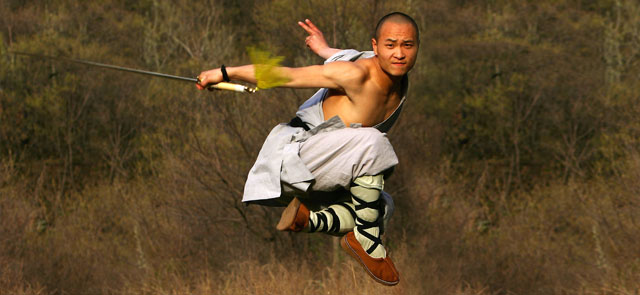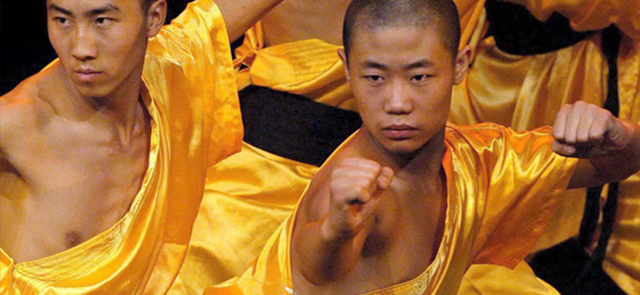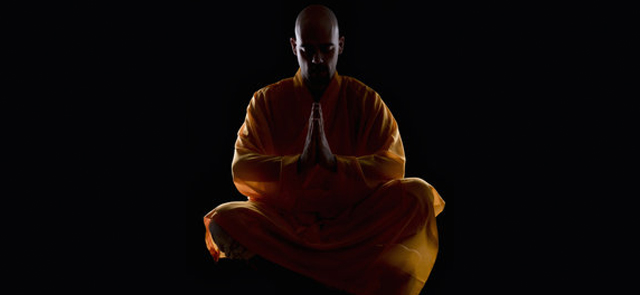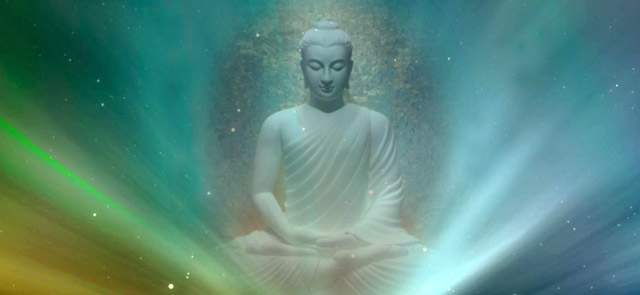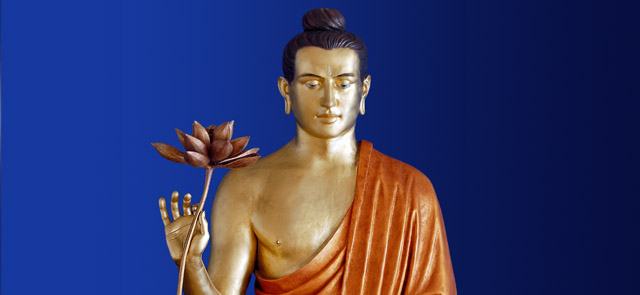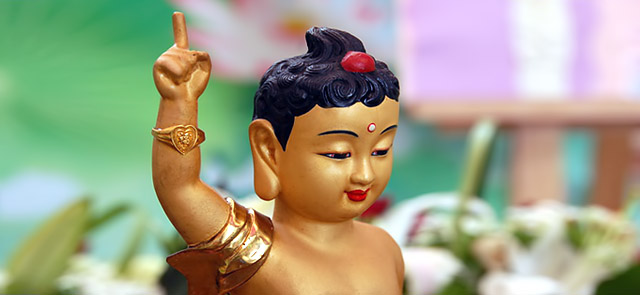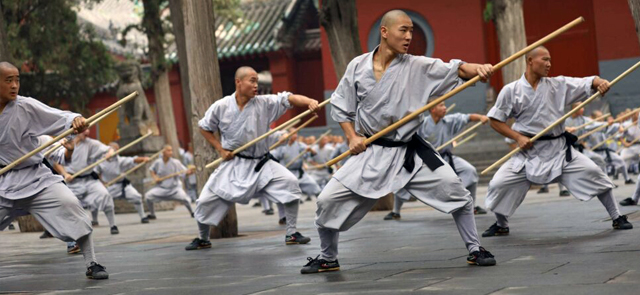"The Shaolin Monastery Martial Art differs from other Chinese martial arts [Chin.: Zhōngguó wǔshù 中国武术]. In order to properly protect and determine the authenticity of martial arts within the spiritual system of Shaolin Monastery as a method of education and self-improvement, we use the term Shaolin Kung Fu» Venerable Master Shi Yongxin [Chin.: Shì Yǒngxìn Făshī 法师法师] Abbot of Shaolin Monastery [Chin.: Shàolín Sì fāngzhang 少林寺方丈].
Shaolin Kung Fu [Chin.: shàolín gōngfu 少林功夫], refers to the traditional cultural system that has developed around the Shaolin Temple of Song Mountain [Chin.: sōngshān shàolínsì 嵩山少林寺] after a long history. Shaolin Kung Fu is a huge and well-developed technical system, unlike the many "schools" or "styles" of other martial arts [Chin.: wǔshù 武术]. Chinese martial arts are complex in structure and abundant in schools. According to historical records, Shaolin Kung Fu is the only school among thousands of Chinese martial arts schools with a long history, a complete system and the highest level of skills. The technical guides [Chin.: quán pǔ jìzǎi 拳谱记载] that have been passed down over many generations of the Shaolin Temple show that there are 708 skill sets - Tao Lu [Chin.: Tàolù 套路] or Quan Tao [Chin.: Quántào 拳套], as traditionally referred to in Shaolin, are our well-known forms, of which only a few dozen are widely known and practiced. There are also 156 unique sets of unarmed combat [Chin.: túshǒu Quántào 徒手拳套] and weapons [Chin.: bīngqì Quántào 兵器拳套], specialized Shaolin Kung Fu techniques such as energy techniques [Chin.: qìgōng 气功], grabbing techniques [Chin.: qínná 擒拿], wrestling [Chin.: gédòu 格斗], joint dislocations [Chin.: xiè gǔ 卸 骨], vital points [Chin.: diǎnxué 点穴], two-person technical exchange skills [Chin.: Duìliàn 對練] etc. This broad body of knowledge and skills is a huge and technically classified system, organized based on specific categories and difficulty levels. Shaolin Kung Fu is represented by the movement of the human body, such as attack, defense and wrestling [Chin.: gōng, fáng, gédòu 攻, 防, 格斗], as the basis and with the forms [sequence of movements] as the basic of units. The forms consist of groups of movements, the design and arrangements of which are based on the Medical Knowledge of ancient China [Chin.: zhōngguó gǔdài réntǐ yīxué zhīshì 中国古代人体医学知识] and are in accordance with the rule of motion of the human body [Chin. : réntǐ yùndòng de guīlǜ 人体运动的规律].
Shaolin Kung Fu has been tested by history for a long time, while at the same time uprooting it as unwanted, and undergoing constant change and self-reform. As a result, Shaolin Kung Fu gives full function to the potential of the human body and having achieved the optimal form of movement for the human body, leaves room for practitioners to grow and prosper. From the second half of the sixteenth century, the Shaolin Kung Fu of the Monks and the Shaolin began to appear in poems, essays, travels and historical texts, showing that Chan was no longer the only defining feature of Shaolin and that the monastery had established its reputation as a renowned martial arts center.
This was followed by a Golden Age for Shaolin Temple Martial Arts, which lasted for many decades. Shaolin monks practice martial arts only for self-defense and not for violence, observing the Rules of Warrior Ethics - Wu De [Chin.: WǔDé 武德].
Shaolin Kung Fu therefore shows characteristics of self-control and moderation [Chin.: jiézhì qiānhé. 谦和]. Its movements do not require much space and are limited [Chin.: nèiliǎn 内敛], with emphasis on inner strength [Chin.: nèi jìn 内劲]. They are short but strong and able to prevail over the opponent only if the opponent attacks. Shaolin Kung Fu is taught [Chin.: chuánxí 传习] mainly orally [Chin.: kǒujué 口诀] and is thus passed down from generation to generation. Historically, the recognition of Shaolin Kung Fu heirs was based on the patriarchal generational system of the Shaolin Temple. In the process of teaching and learning Shaolin Kung Fu, it is necessary for teachers [Chin.: shīfu 师父] to teach students by personal example as well as oral instruction [Chin.: yánchuánshēnjiào 言传身教], and students should they study diligently [Chin.: qínxué kǔ liàn 勤学苦练].
